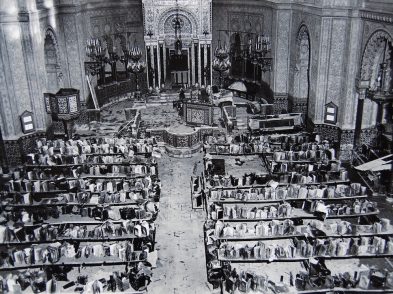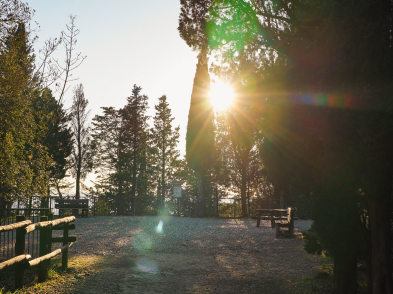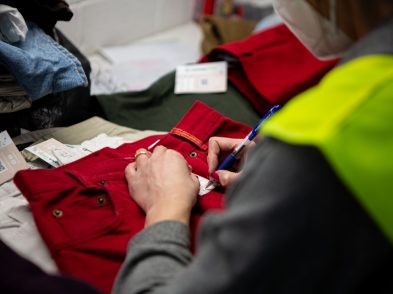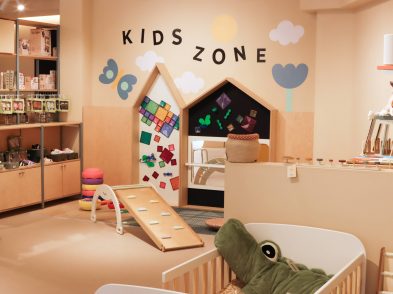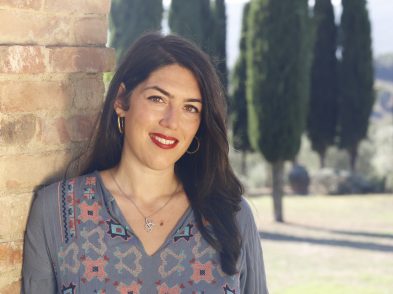When native New Yorker Cassandra Kane began working as a prototype designer for high-end leather accessories in the Florence area, she was shocked at how much of this valuable material was being wasted. At fault are design decisions, such as insisting on a certain pattern or part of the leather, and the manufacturing process beyond the artisan level. This led Cassandra to wonder if this much is being wasted at the prototype phase, what must factory waste look like?
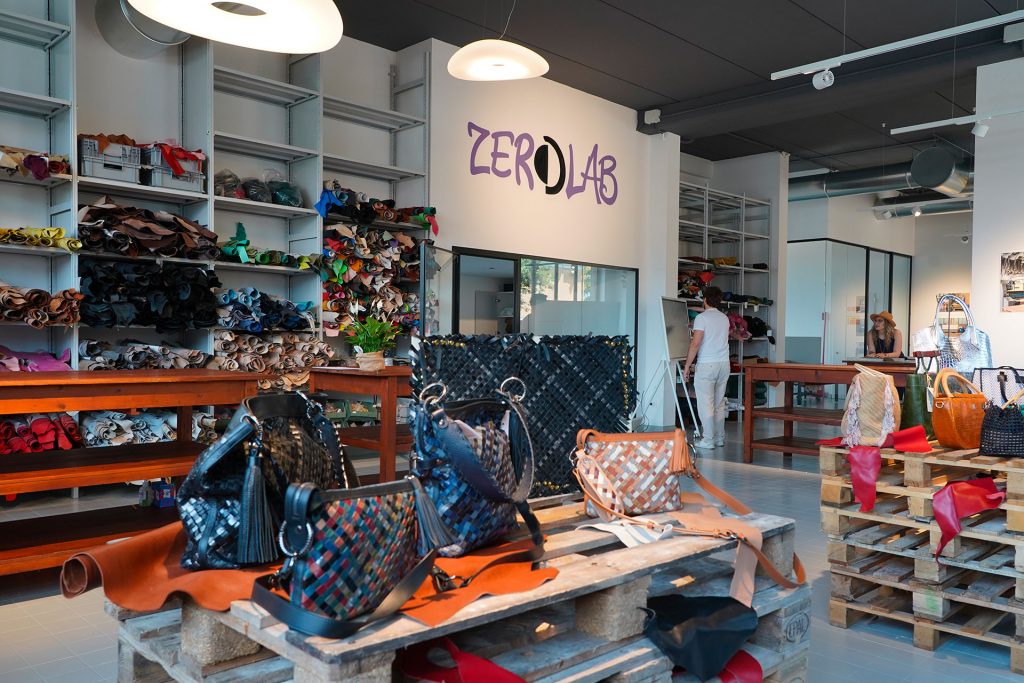
Fast forward five years and Cassandra’s doing something about those leather leftovers. We’re at just-opened Zer0lab, in Scandicci, in the heart of the leather accessories industrial area on the fringe of Florence. Planning my visit on Google Maps, I spotted neighbours like Prada, Gucci, Burberry, Balenciaga and a hundred places called pelletteria this or that. I’m standing next to a box about my height and almost as wide, chock full of leather scraps. I dig in and pull out a big piece of buttery olive napa, enough to make a small purse. A placemat-sized offcut of super-soft red leather, the kind that drapes just so. Tons of colours, sizes, shapes and finishes, just in this one box, enough to stimulate any creative into wondering what she could make with it.
No more leather waste!
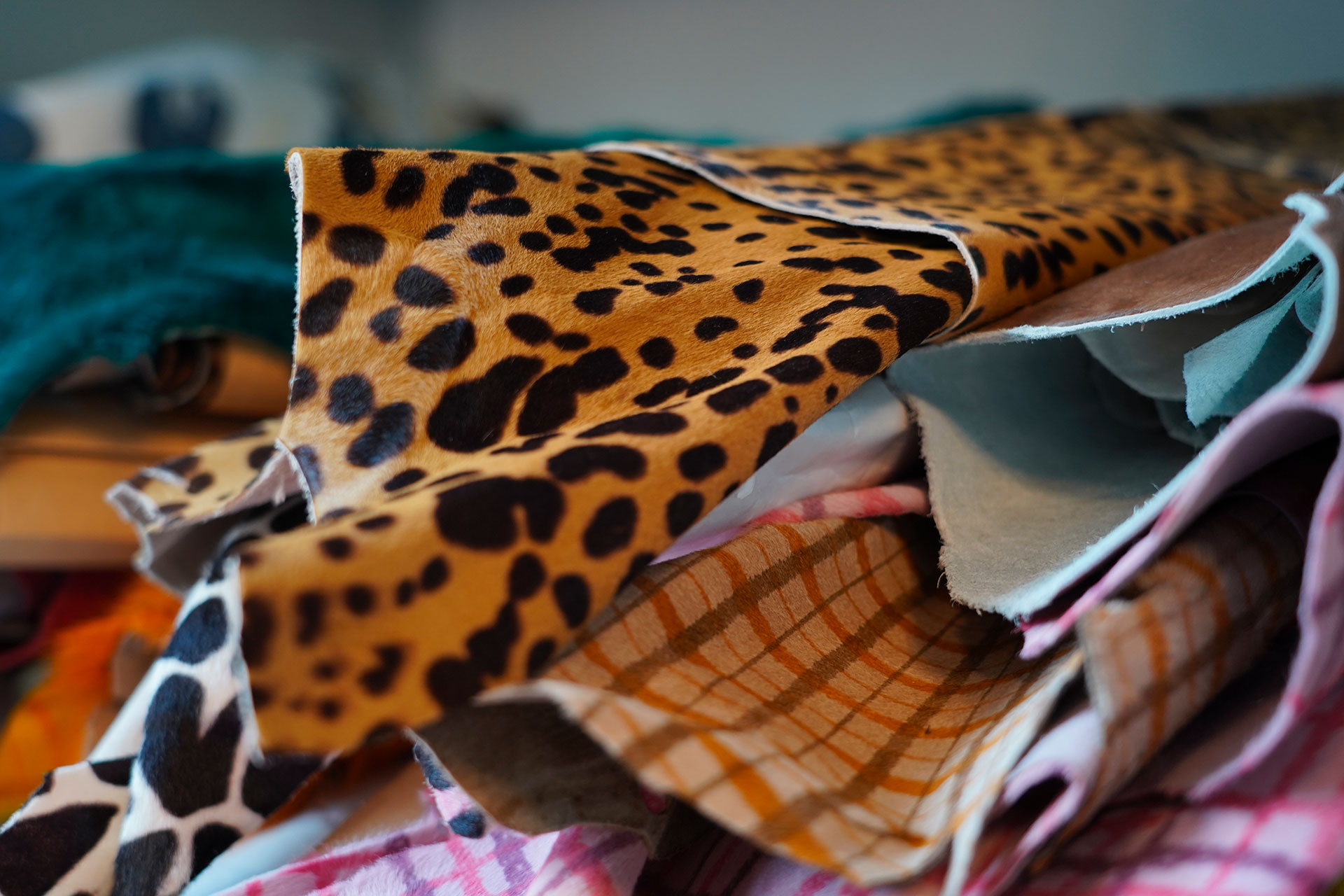
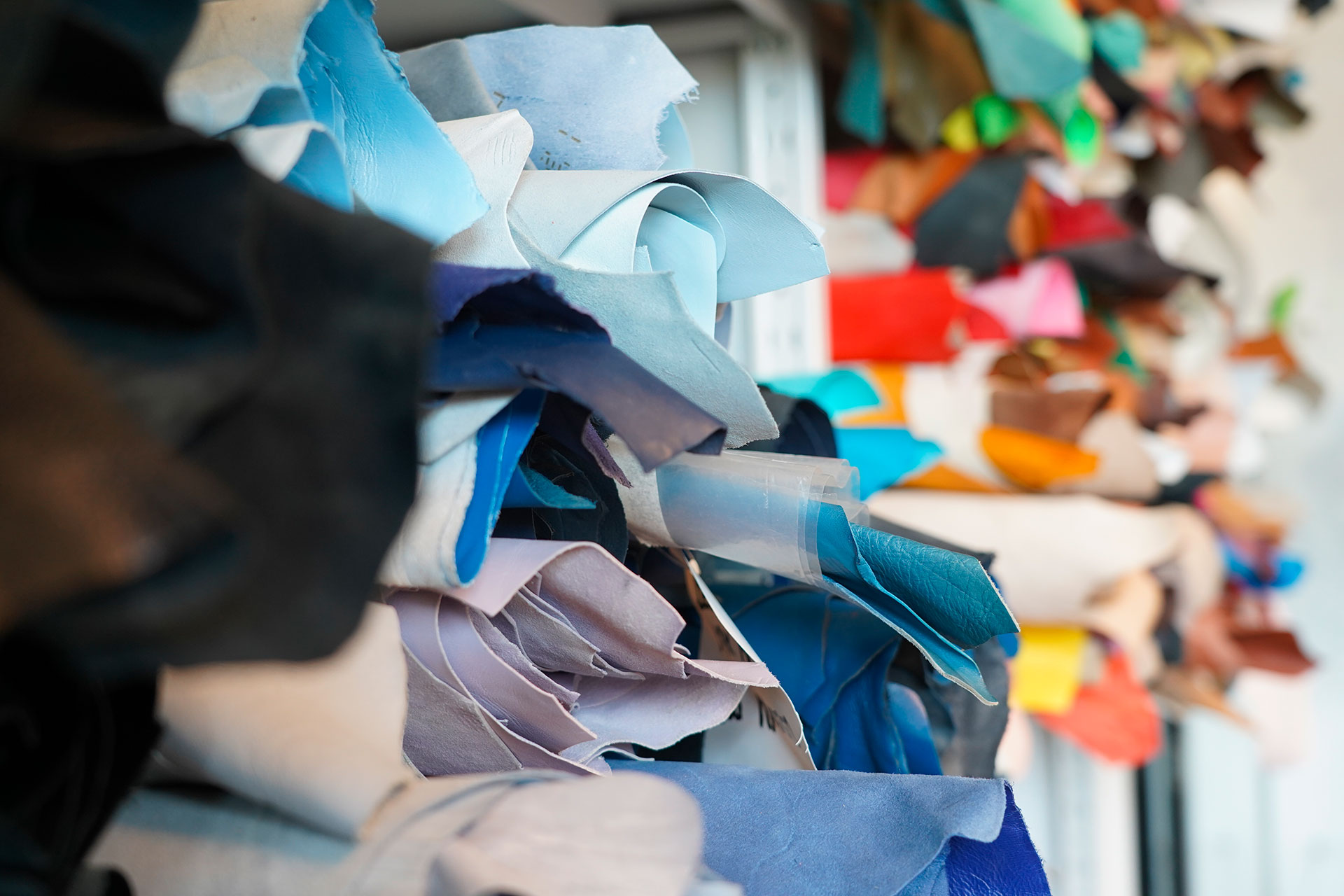
Cassandra explains that any small factory in the area easily disposes of at least two such boxes per month, and as leather in Italy is considered “special waste”, they can spend 2,000 euro or more each month to process it. Due to the high chrome content, leather has to be incinerated, causing pollution. According to 2021 data from ISPRA, Italy’s national institute for environmental protection, 265,000 tonnes of leather are disposed of annually in Tuscany alone. To put that into perspective, that’s the weight of 53 Asian elephants. But what if that leftover leather could be used to make new products, either prototypes or full lines?
Making
That’s just one of the things Cassandra does: We Are Sieme is her line of classic bags woven from strips of reclaimed leather that she takes off companies’ hands for free or pays a nominal price, saving them money and, more importantly, ensuring that the material isn’t wasted. The labour-intensive weaving technique used to be more common in Tuscany, but it took two years to locate a local artisan capable of weaving and making bags from the resulting panels. Popular in the United States, clients appreciate that the bags are made by artisans in Italy and that each one is unique, but the message of being manufactured from recycled leather hits home after the fact. “Maybe one day that’ll be the first selling point for our products, but we’re not there yet,” says Cassandra.
Sharing
When she met her now-business partner Gabriele Rorandelli, Cassandra lamented how few shared facilities for production and the exchange of ideas were available to emergent designers in Florence. When it comes to creating a network, Cassandra did it the hard way. “I moved to Italy. I learned Italian. And I made my own network. I literally knocked on doors… until I knocked on the right one and met Simona [Innocenti].” Owner of Leather Bis Srl and upcycled bag brand BisBag, Simona is also the founder of AS.P.R.I (Association for Recycled Leather in Italy), a non-profit organization dedicated to promoting leather craftsmanship and circular production practices in the Italian leather industry. Their activities include setting up a leather-working lab and organizing vocational training at the Solliciano jail. Scandicci’s leather industry alone generates 1,400 jobs per year and there’s a sore need for skilled workers; ex-inmates are given the opportunity to seek employment here or beyond. AS.P.R.I is now headquartered at Zer0lab, the creative co-working space Cassandra recently founded with Gabriele.
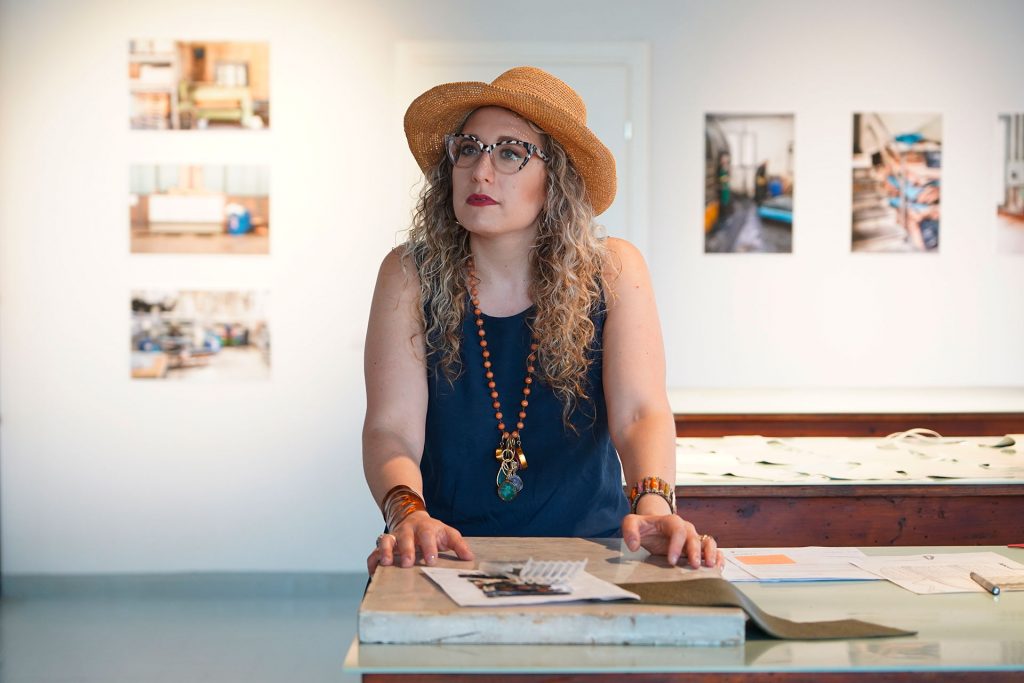
Another part of giving back to the community is helping emergent designers to find their own sustainable path. Cassandra had ten years’ experience working in fashion design before moving to Italy and her recent business experience has created contacts as well as teaching her how to jump bureaucratic hoops. Through training programs in association with local design schools and her consultancy, she hopes to guide the next generation to design in a more circular and responsible way.
She holds up a piece of leather as large as one of their design tables. It’s been cut with a stamp, leaving huge pieces in between that could have easily been used to make coordinated wallets, but it’s going to waste due to the fragmentation of industrial production: the factory that sews purses isn’t the same that makes belts or wallets, for example. There are so many problems to solve and just one small space, but as Cassandra says, “we can only hope to contribute to making the industry more circular and sustainable one step at a time, and we’re starting here.”

